It is April 1992.
Bosnia and Herzegovina declared independence from Yugoslavia and clashes between ethnic groups are intensifying everywhere [you can listen to the latest episode of BarBalkans - Podcast here].
Supported by the Yugoslav People’s Army (JNA), extremist Serbs of Bosnia advance into Eastern Herzegovina and Northern Bosnia (regions with a Serb majority).
Serbian and Montenegrin paramilitary units start with the ethnic cleansing operations, with all their atrocity.
War has broken out in Bosnia and Sarajevo is under siege. Without even knowing how.
Winds of war
April begins with a series of horrors that shed light on the trend of the war in Bosnia and Herzegovina.
In Bijeljina, a strategic town in Northeastern Bosnia a few kilometers from the Drina River, a bomb explodes in a café frequented by ethnic Serbs.
This is the pretext for the intervention of the Arkan’s Tigers, known for the massacre in Vukovar. With hand grenades, they slaughter all the Muslims gathered in Suleiman’s mosque and kill anyone trying to escape.
For three days, the city is devastated, while the Yugoslav People’s Army does not lift a finger. 500 civilians lose their lives, the other Bosniaks are expelled from their homes.
The pictures speak for themselves:
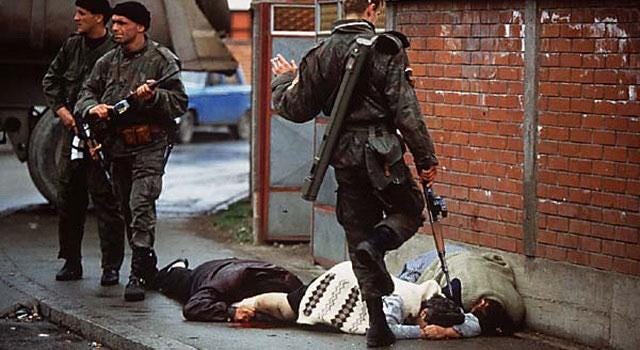
The Arkan’s Tigers - joined by Vojislav Šešelj’s Cehtniks and Dragoslav Bokan’s White Eagles - descend along the Drina River, slaughtering and expelling Bosniaks from Eastern Bosnia.
One of the casualties in Bijeljina is Kjasif Smajlović, correspondent for Oslobodjenje (the most important Bosnian newspaper) in Zvornik. He is executed in his office, because he struggled for free information and refused to call Belgrade’s aggression against Bosnia as «liberation from anti-Yugoslav forces».
Meanwhile, while Serbs of Bosnia and the JNA conquer Banja Luka and order the bombing of Mostar, on April 6, the European Community recognizes the sovereignty of the Republic of Bosnia and Herzegovina.
The United States and neighboring Croatia do the same. However, Croatia shows an ambiguous attitude towards Sarajevo.
The Croatian president, Franjo Tuđman, is double-crossing Bosnia since the meeting in Karađorđevo and the agreement with his Serbian counterpart, Slobodan Milošević, at the end of 1991.
Behind the recognition of neighboring Bosnia’s independence, he hides the real project of a parastatal structure, Herceg Bosna. This is the preamble to the integration of Bosnian territories with a Croat majority into Croatia.
This is demonstrated by the following decisions regarding resistance to the Serbian invasion in Bosnia.
On April 8, the same day when the Bosnian Presidency decides to merge the Patriotic League and Green Berets into the Territorial Defense, the Croatian Defense Council is established in Grude (in Western Herzegovina).
Bosniaks are increasingly marginalized from this military structure. The defense against Serbian aggression and Serbs of Bosnia’s violence constitutes a new sharp break in the country.
The siege of Sarajevo
The war in Sarajevo begins on Saturday, April 4.
Radovan Karadžić’ militias attack Vrača Police School, in Grbavica district, with the support of federal tanks.
The Bosnian President, Alija Izetbegović, dissolves Parliament, proclaims a State of emergency and mobilizes the Territorial Defense.
The JNA leadership is certain that this will be a blitzkrieg, lasting 10 days in Sarajevo and three weeks at most throughout Bosnia.
In the night between April 4 and 5, the Serbian special forces try to occupy the Presidential Palace, but they are stopped by the “Wasps”, a group of Muslim fighters.
On Sunday morning the main crossroads in Sarajevo are blocked by barricades. The city is cut in two: the center is surrounded, while the external areas are in the hands of the Serbs of Bosnia.
In the meantime, a crowd of more than two thousand people gathers for a large demonstration against the war. In one day the number grows up to 60 thousand.
The demonstrators try to cross the Vrbanja Bridge, challenging one of the barricades that divide the city “ethnically”.
A sniper opens fire from the Old Jewish Cemetery and kills Suada Dilberović, a medical student from Dubrovnik.
She is (conventionally) considered the first casualty of the siege of Sarajevo.
Around 2 p.m. the crowd walks past the Holiday Inn, the headquarters of the Serbian Democratic Party (SDS). More snipers open fire.
Four demonstrators lie on the ground. The JNA decides not to intervene, while the Bosnian militias invade the building to hunt down the snipers.
Civilians of all ethnicities participate in the defense of the city, which is under siege. Serbs included, especially intellectuals, who are deeply disgusted by Karadžić’ barbaric nationalism.
At the end of the first week of April, Sarajevo is a ghetto-city.
The historic center and the districts of Dobrinja and Butmir (close to the airport) are surrounded by Serbs of Bosnia and Serbian troops, who hit the city from the mountains and control the supply of water, light and gas to the city.
The front line runs close to the Miljacka River, while day after day Ulica Zmaja od Bosne - the main street connecting the old city with the industrial area - turns into the Sniper Alley.
One of the deadliest streets in human history, where citizens are exposed daily to the fire of snipers from the buildings and the surrounding mountains.
Ethnic cleansing begins
While all attention is focused on Sarajevo, Serbian paramilitaries - with the support of federal tanks - continue to launch rapid attacks in Eastern and Northwestern Bosnia.
The scheme provides a division of tasks between the paramilitary units, which storm the villages, and the army, which bombs the major cities (from where ethnic Serbs are evacuated in advance).
The purpose of these actions is threefold.
First of all, to secure control of all bridges over the Drina River, connecting Serbian and Bosnian banks.
Secondly, to maintain possession of key war industries: Travnik for missiles, Mostar for aircrafts, Rajlovac for engines, Vitez for explosives, Konjic and Goražde for ammunition.
And then, to continue with the ethnic cleansing operations, to “purify” the conquered territories and bring them back to Greater Serbia.
It is likely that it was in Zvornik, in Eastern Bosnia, that Šešelj’s chetniks first use the term čist (clean) to refer to the new order in the town.
Victims of ethnic cleansing are not only Bosniaks, but also Serbs of Bosnia who are not considered loyal to the cause (although they are often conscripted by force and under threat of violence against their relatives).
In practice, ethnic cleansing is put into practice with very precise and crude actions.
Each family is forced to sign a declaration of loyalty to Yugoslavia.
Some men (leading political and cultural figures) are slaughtered, others brought in concentration camps and forced to give up all property.
If not interned, women, children and elderly people are deported out of the “Serbian lands”.
Paramilitary violence implies every kind of abuse, murder and torture conceivable and inconceivable. All good from homes, stores or factories is looted.
In less than a month, Serbs conquer almost two thirds of the Bosnian territory. Only Central Bosnia, Western Herzegovina, the region of Bihać and part of Posavina (in the North-East) remain under the control of the new Republic.
The United Nations High Commissioner for Refugees (UNHCR) estimates 400 thousand refugees: a quarter inside of Bosnian borders, half in Croatia and the rest in other countries of the region.
In reason of the violations of the Organization for Security and Co-operation in Europe (OSCE) principles, an ultimatum is sent to Belgrade.
If the government will not withdraw the JNA and the paramilitary units from Bosnia by April 29, Serbia will be kicked out of the Organization and will become «an international pariah».
Milošević’ answer shows his usual self-pity and propagandistic tones. He declares to be a victim of «a well-orchestrated action» and condemns the persecution of Serbs of Bosnia by «Croatian fascists and Islamic fundamentalists».
Two days before the ultimatum, on April 27, the Federal Assembly in Belgrade proclaims the birth of a new State entity.
The Federal Republic of Yugoslavia, which claims the legacy of the former Socialist Federal Republic of Yugoslavia at the international level.
It includes Serbia and Montenegro and the autonomous regions of Vojvodina and Kosovo. Other former Yugoslav Republics can become part of it, on condition of «settling open issues».
Few international diplomats participate in the proclamation ceremony: Greece, Russia, China, Canada and non-aligned countries.
In the meantime, the siege of Sarajevo and the war in Bosnia continue nonstop.
If you liked this article, you can spread this parallel journey and the free weekly newsletter:
If you know someone who can be interested in this newsletter, why not give them a gift subscription?
Here is the archive of BarBalkans - Podcast:
And here the summary of 1991.





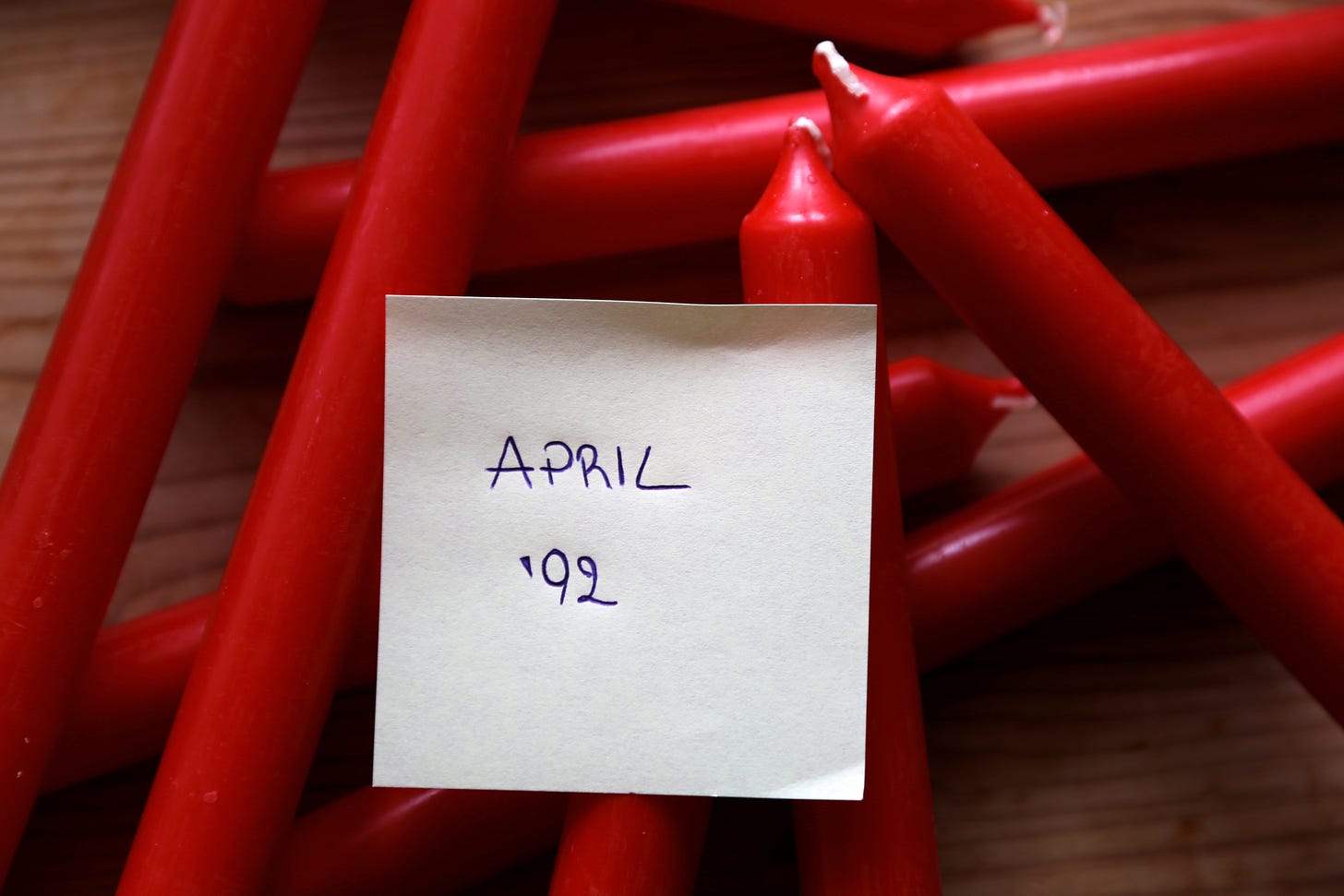

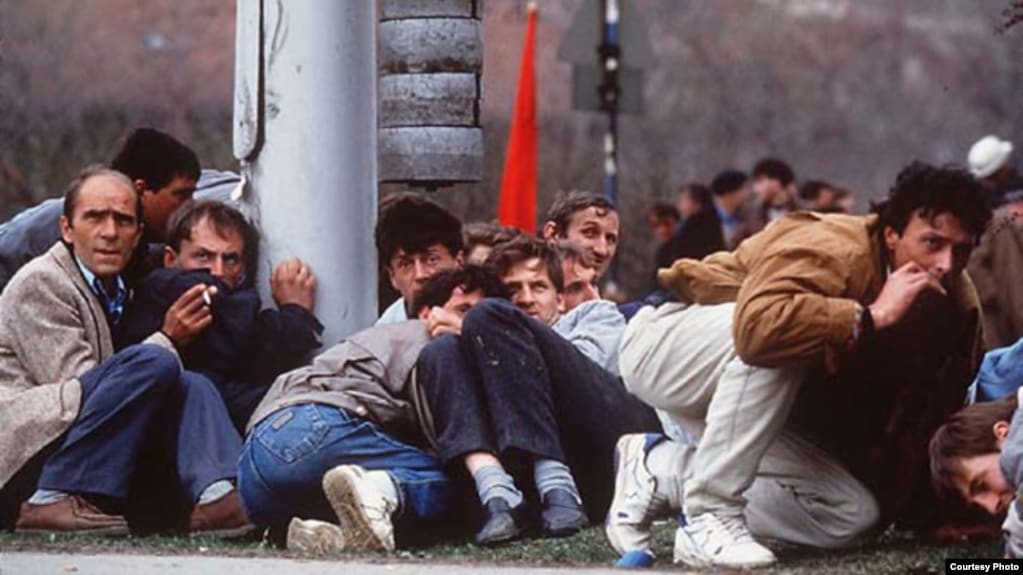


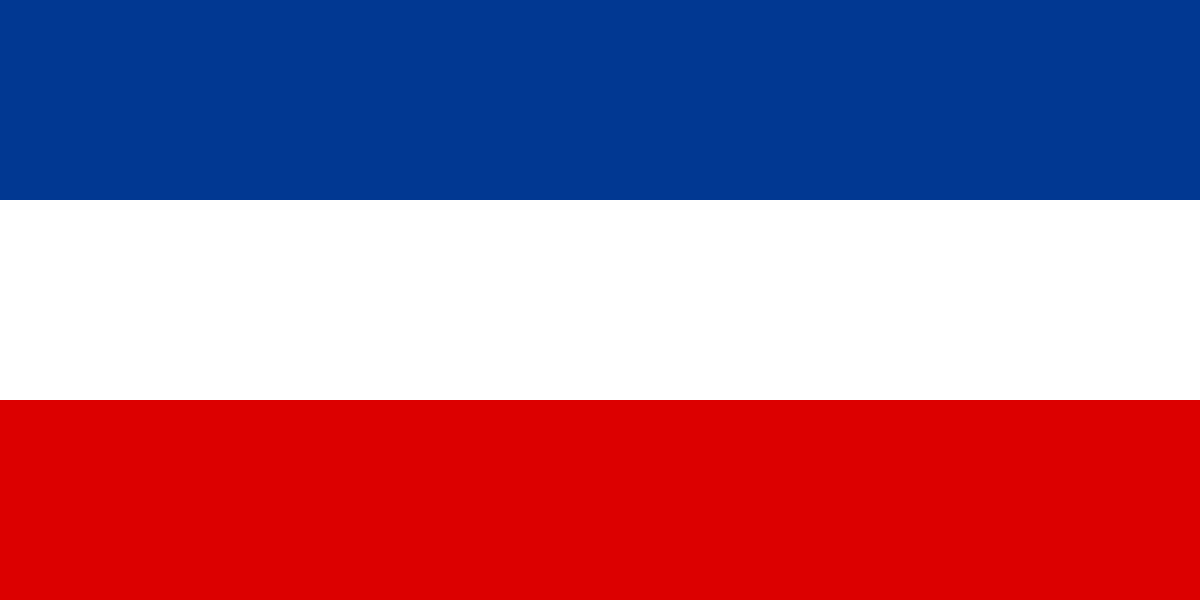





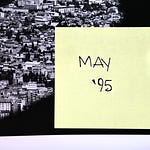



Share this post